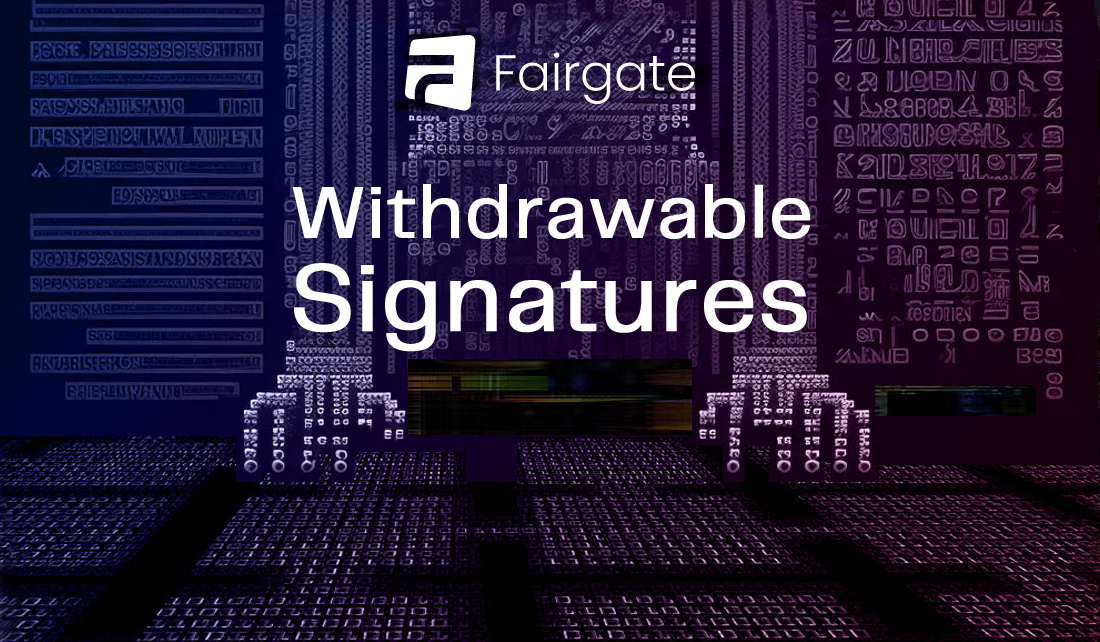Computing on Bitcoin #30
March 14, 2025 - Week 11
Another week, another wave of progress in Computing on Bitcoin News!🚀
This edition brings you the latest news to stay ahead of the curve on everything zkVMs, bridges and Bitcoin scaling related.
Thanks for joining us on another Computing on Bitcoin News edition. Look for us in your inbox same day next week.
Until then, stay curious and keep building!🚀
The Fairgate Team









